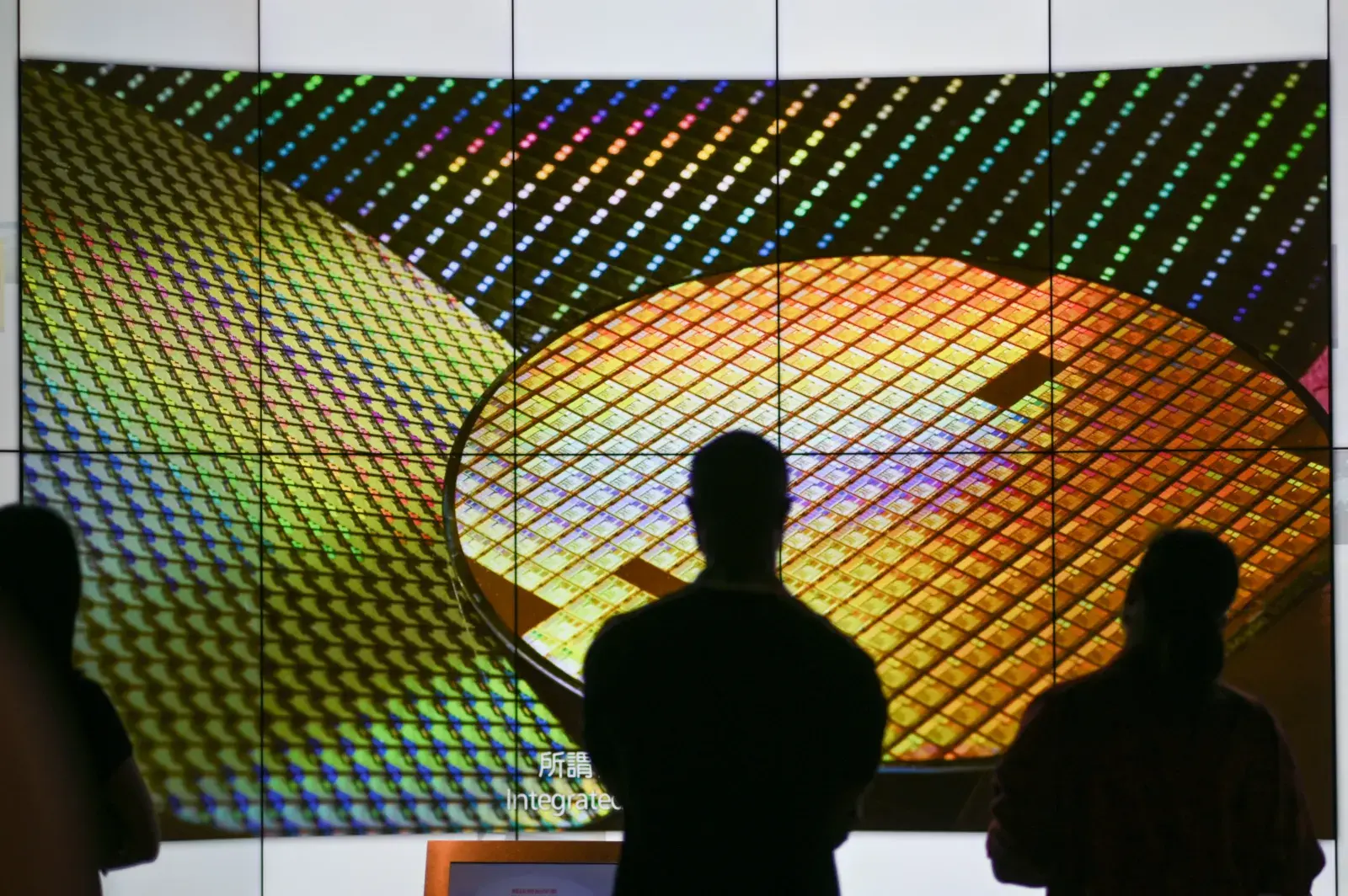Copyright newsweek

China has released a series of high-resolution satellite images in a thread on social media reiterating its claim of ownership over self-ruled Taiwan. The photos were taken by a satellite in the Jilin-1 commercial constellation, developed by Chang Guang Satellite Technology—a company with reported links to China’s People’s Liberation Army (PLA), according to the U.S. Air Force’s China Aerospace Studies Institute. They offer a subtle reminder of Beijing’s civilian-military dual-use remote sensing technology, which allows it to monitor adversaries and rivals, including, the United States, in real time. Newsweek reached out to the Taiwanese Foreign Ministry by email with a request for comment. pic.twitter.com/EuxsMPS4jf— Chinese Embassy in US (@ChineseEmbinUS) October 31, 2025 Why It Matters The government in Taiwan, whose official name is the Republic of China (ROC), has controlled the island since 1949 after Mao Zedong’s communist forces took control of the mainland. Today, Taiwan functions as a de facto sovereign state with its own military, elected government and foreign relations. The People’s Republic of China has repeatedly pledged to bring Taiwan into the fold and has not ruled out the use of force to do so. China has also ramped up military pressure on the island, including near-daily flights across the midline of the Taiwan Strait and large-scale exercises simulating a blockade. What To Know In a November 1 post on X, the Chinese embassy in Washington, D.C., released the photos with the message “There is but one China in this world’ Taiwan is an inalienable part of China’s territory. Every inch of Taiwan Province, China, is vibrant under the ‘Jilin-1’ space satellite’s perspective.” The images included sites likely to be targets for the PLA should an invasion ever occur. One image depicts Taipei, home to the island’s government offices and military headquarters. Another shows Taipei Port, a logistics hub and international deep-water port strategically situated west of the capital and at the mouth of the Tamsui River. A separate image labeled “Hsinchu Science Park, China” captures the sprawling industrial zone in northwestern Taiwan that houses leading chipmakers including Taiwan Semiconductor Manufacturing Company (TSMC) and United Microelectronics Corporation (UMC). Taiwan produces upwards of 90 percent of the world’s most advanced semiconductors, and any damage to these facilities—whether by Chinese strikes or defensive actions—would severely disrupt global technology supply chains. Visitors watch a wafer shown on screens at the Taiwan Semiconductor Manufacturing Company Renovation Museum at the Hsinchu Science Park in Hsinchu on July 5, 2023. Also shown was Cape Eluanbi, Taiwan’s southernmost point, which overlooks the Bashi Channel—a key maritime chokepoint between Taiwan and the Philippines that U.S. planners see as vital to containing Chinese forces in the event of conflict. Additional imagery highlighted central Taiwan’s Alishan mountain range and the nearby tourist destination Sun Moon Lake. The embassy’s post drew criticism from some China watchers. “Sending around satellite images of Taiwan and saying it is part of China is a clear threat,” wrote Taipei-based journalist Michael Turton. “The Chinese embassy is attempting to justify this aggression with false claims of ownership over the island nation, but Taiwan has never been a part of the PRC,” another X user wrote. What People Are Saying Joseph Wu, secretary-general of Taiwan’s National Security Council, wrote on X: “It’s Taiwan, not any part of the People’s Republic of China. The stalker pipe dreams need to stop here. China must learn to respect the will of the people—starting with Chinese people’s will to be free from autocracy.” Jim Risch (Republican, Idaho), chairman of the U.S Senate’s Foreign Relations Committee, wrote in an X post: “The People’s Republic of China has never controlled the territory of Taiwan, and this post is a great example of the Chinese Communist Party’s misrepresentation of history and blatant threats against a peaceful democracy.” What Happens Next U.S. defense and intelligence officials believe Chinese President Xi Jinping has ordered his military to be capable of moving against Taiwan by 2027, though they note this does not mean an offensive would necessarily occur in that or any other year. Washington maintains a long-standing policy of “strategic ambiguity,” leaving it unclear whether U.S. forces would come to Taiwan’s defense.



